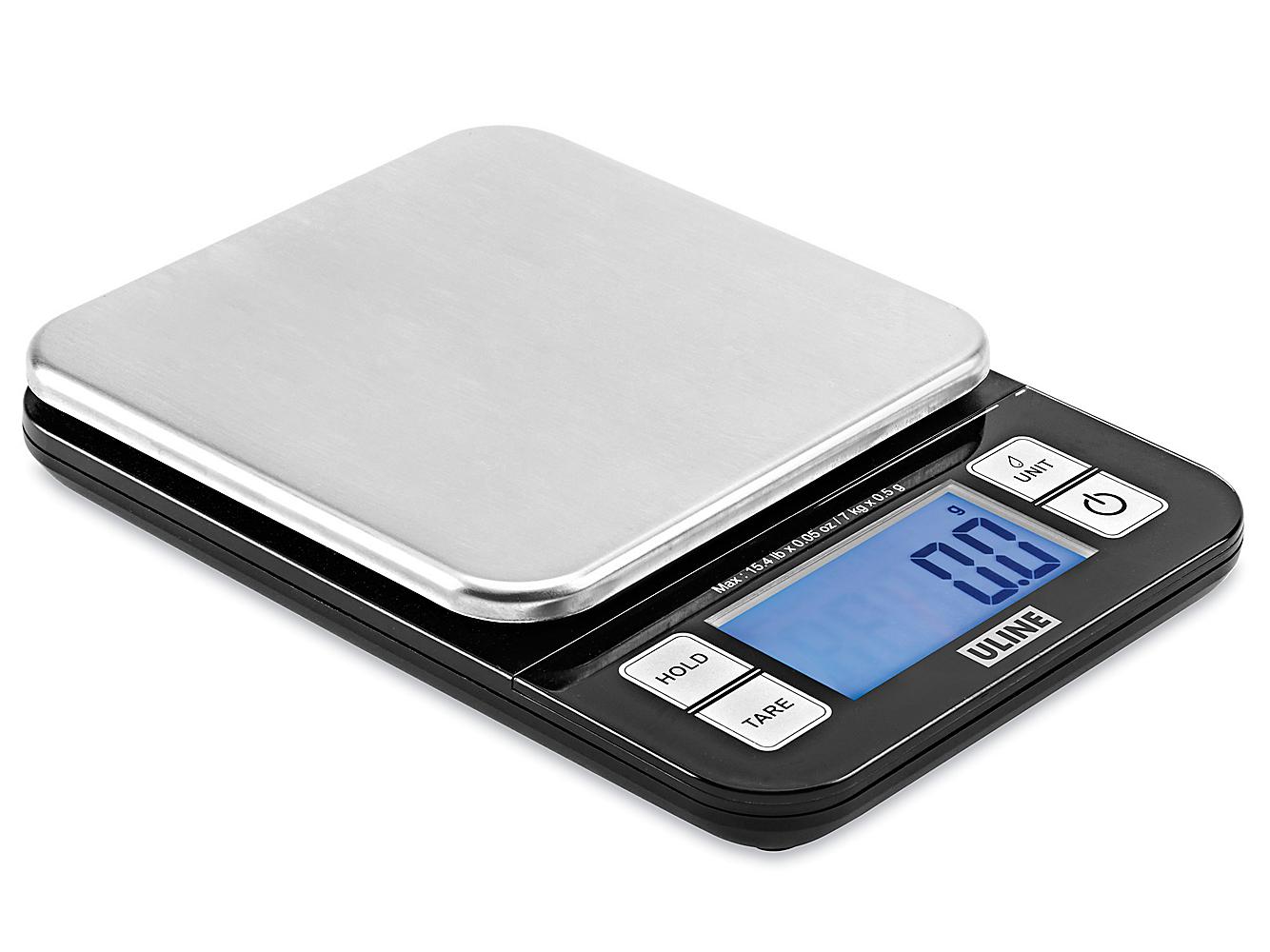Well, that may be the point that you guys were making, but it wasn't the point that I was making ...
Snarge said: An easier way — to avoid using a syringe to fill the blue cap
BonafideVermont said: Exactly, the caps hold 4 grams loose filled.
The point being made in those two posts as I read them was that they were solely concerned with the loading of vapourisers that only employ blue caps and not with any other design.
In contrast, the modified syringe method can be employed with every form of vapouriser, as well as providing some degree of precision of measurement of smaller quantities which the blue caps do not provide (bearing in mind sjj's point that volume and weight (more correctly 'mass') - especially of a compressible substance - are not interchangeable).
Your technique of guessing smaller quantities of OA crystals appears to be one of adopting a somewhat cavalier approach towards the dosing of colonies with Vapourised Oxalic Acid, and this in a country which - unlike Britain - has fairly strict rules about such procedures.
Whether you consider your laws to be sensible or not really isn't of importance: they are the existing laws in your country which either need to obeyed, or not obeyed - and face the consequences - or they require amendment. When laws state doses of 1, 2, 4 grammes or whatever, they mean just that - not to just heap the stuff in using guesswork. Fortunately in Britain, our legislation - in practice - presents as having a rather more tolerant approach where insects are concerned, when compared with your own EPA.
I think it's worth pointing out that the killing of mites itself really isn't an issue - it's easy enough to achieve especially if treatments are repeated. The problem which needs dealing with is that of re-infestation, which is one reason why I (in an area with few beekeepers and thus little re-infestation) find that maintenance dosing with amounts around 1g per box to be perfectly adequate, whereas the same dose has been shown to have next to zero effect within southern areas of the US.
'best,
LJ





